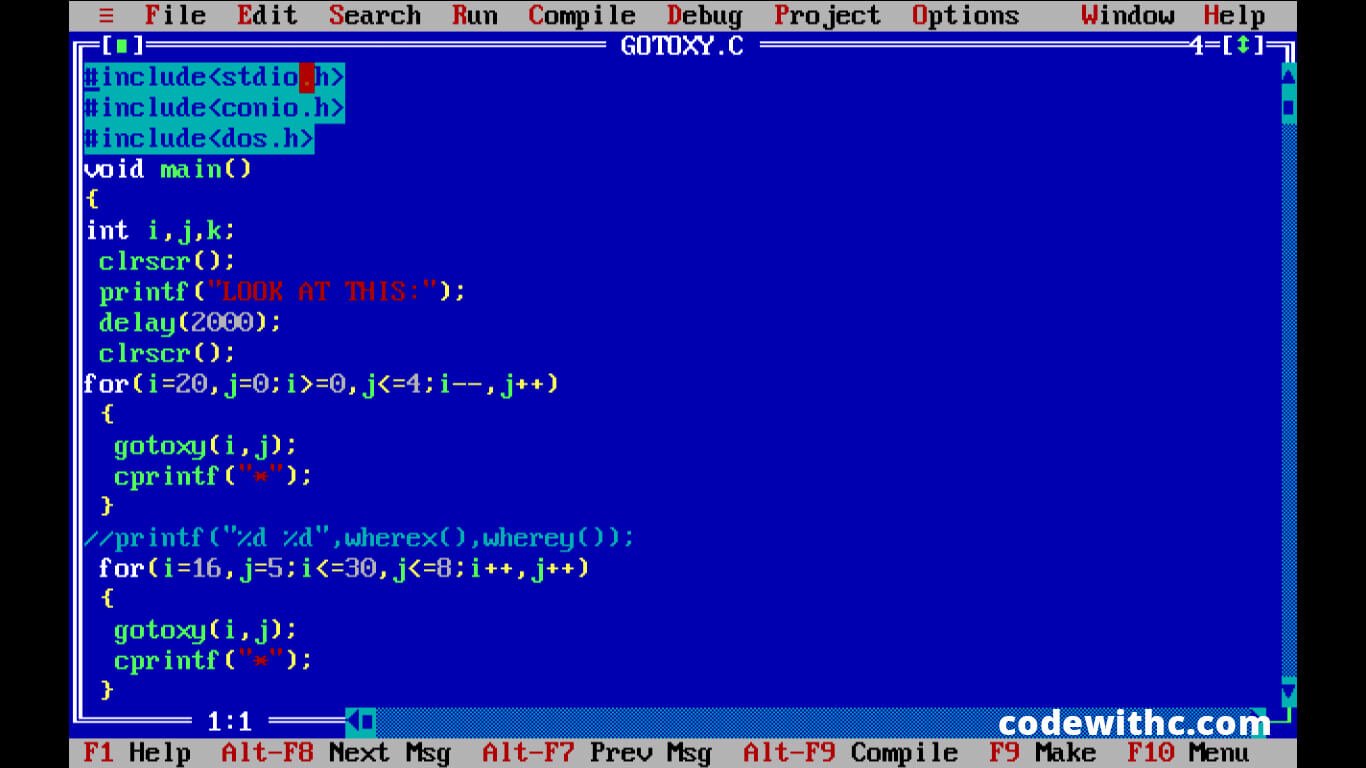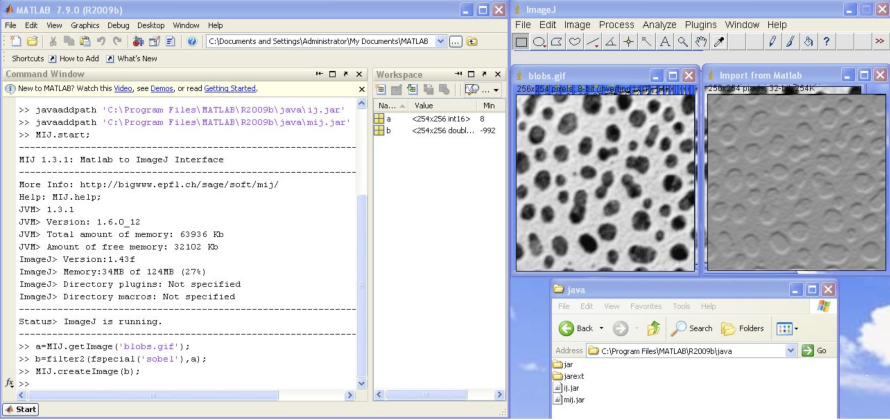

Now that we have written the class, we can create date objects by simply calling the constructor. Matlab does all of the real work of creating the object, we just have to ensure that we write a constructor by the right nameĪnd perform any desired initialization, returning a declared variable. Our date constructor, could have been as simple as the following. % methods, including the constructor are defined in this block function obj = mydate(minute,hour,day,month,year)Įnd function obj = rollDay(obj,numdays) obj.day = obj.day + numdays % define the properties of the class here, (like fields of a struct) We start with the constructor, called mydate, We will build it up piece by piece during this chapter.
#Java for matlab full
The full class definition is available here, but is rather complex. If no default is specified and no value is assigned by the constructor,īelow we create a class called mydate which can perform various operations to do with calendaring.

Properties can optionally beĪssigned default values as with the minute property below. Values for the properties for instance, and must return one argument, the constructed object. The constructor can take any number of arguments specifying initial We must include a special method, called the constructor, which is responsible for constructing new objects and it must have the same name as the class. Properties and methods are defined and written below this line in designated blocks as To begin, create a new m-file with the same name as the class you want to create and start the file with the classdef keyword followed by the class name. From one class definition, we create many instances.

Or specification for the construction of a objects of a certain class or type. In the class definition, we create a kind of prototype, Thisĭistinction will hopefully become clearer as we see more examples. If you are new to OOP, make sure you mark the distinction between classes and instances of that class, called objects. There are further differences and advantages, which we will come to in due course. This is precisely what an object oriented approach lets us We could write stand alone functions to perform all of these operations, but it wouldīe nice to organize them together too, just as we did the data. However, there are also a number of operations we might want to perform on these dates, such as incrementing them by a day,Ĭomparing them, subtracting them, etc.

This would certainlyīe better than having separate variables for all of these values floating around unstructured. Hour, day, month, and year fields and store all of the information about specific dates and times in these. Suppose for instance that we want to use and manipulate calendar dates in our program. Objects, unlike structs, also encapsulate the operations we want to perform on the data, called methods. So far we could imagine achieving the same effect by creating, say, an array of structs all with the same fields. Properties, the values of these properties will differ just as two different structs might have the same field names and yet While objects of the same class will have the same set of Of objects to have, and we do so by writing a class definition. However, unlike structs, we must predefine what properties we want an entire class That store data, called properties, which operate in a very similar way. Recall that structs are created by specifying field names and data to be stored in these fields. Structs are created with the struct() function, objects use constructors (to be explained below).Structs can be created with whatever fields you like but all objects of the same class have the same properties.Both structs and objects store data in named fields, (called properties in objects) but objects also encapsulate the operations you can perform on them, (called methods).


 0 kommentar(er)
0 kommentar(er)
